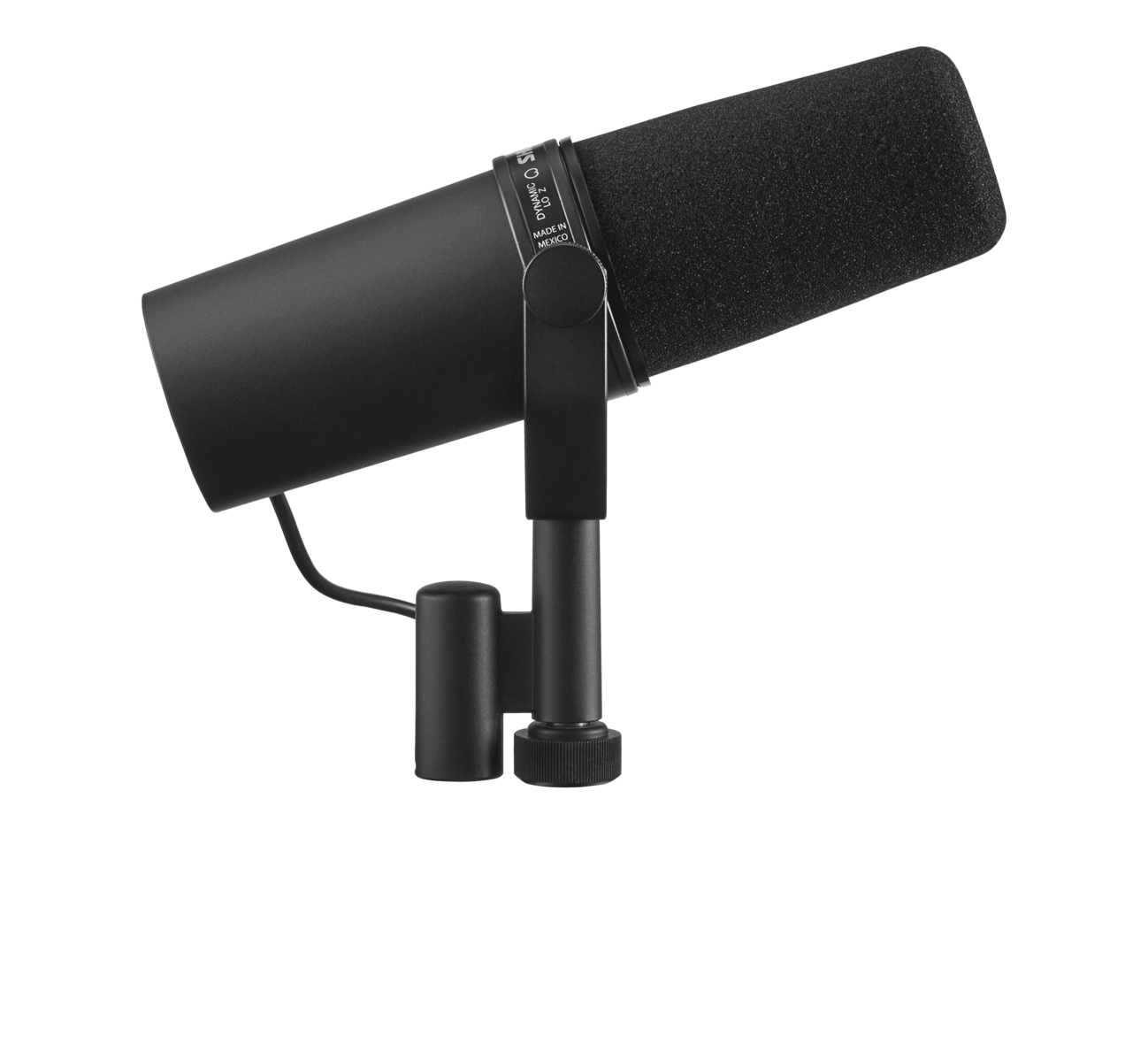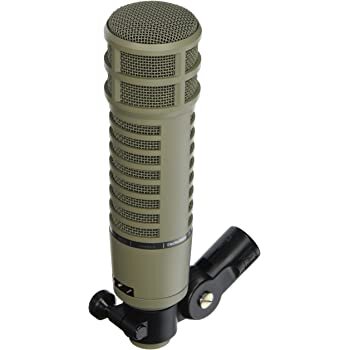We are living in weird times. Everyone is working from home and self-isolating due to the coronavirus. Luckily, there is always a silver lining! More time at home, means more time to be creative and record those songs you’ve really wanted to release. I started my recording studio business at my parent’s house in my room, when I was 15 years old.
Now, I have been blessed to work with amazing musicians and companies, become a certified mentor for an LA based University, the Recording Connection, and win various awards.
I want to show you how I was able to get started, so you can have the opportunities I have had, plus more!
Here are the 5 simple steps to start recording high quality music from home:
1. Decide the type of music you will be recording
The first step in your recording journey is to know what type of music you will be making. The gear you will have to invest in will depend on that. For example, if your goal is to make instrumental, hip-hop beats and sell them to artists, you won’t even need a microphone, compared to if you want to record your entire rock band, you will need a lot of different types of mics! In my case, when I started I just wanted to record myself and others in a variety of genres using programmed drums and live drum samples for the beats. This is because I didn’t have drumming skills or the room to have a full drum kit! I was able to crack the code and get really good results. You can check out a sample of a rock song I did called Moving On here that I used programmed drums for. You will be surprised by the amazing sounds you can get when you start learning about plug-ins.
2. Get the gear required to record your music
In order to start recording high quality music you will need certain gear. I know it can get overwhelming with the amount of choices, and looking at videos of huge professional studios you see a lot of outboard gear that can make you confused. Don’t be! All the outboard gear can now be reproduced using plug-ins, all from inside your computer. This method is a lot less expensive and the results are amazing!
Here is the list of what you will need, and it’s not as long as you would think:
Computer
Mac/PC, i5 or i7, Ram 8gb or higher, 500gb storage + (Preferably SSD) the higher the better. A great tip to have better performance is to use an external SSD to work on your projects from, so you don’t fill up your computer, making it run smoother.
Audio Interface
Midi Keyboard
HQ Headphones
Studio Monitors
On the lower price range the PreSonus Eris E3.5-3.5 are awesome. I own the JBL 308P MkII and love them! Keep in mind the JBL only comes with one speaker, so you need to buy two, making it the more expensive option.
Microphones
Audio Technica AT2020 if on a budget, Sure SM7B if you can afford it! Both are great vocal mics, and the AT2020 can record acoustic instruments too. If your looking to specifically record acoustic guitar the AKG Pro Audio Perception 170 is really good for the price, on the high end go with the Sure SM81.
Digital Audio Workstation (DAW)
I use Logic Pro X and love it, if you are into hip-hop production, Fruity loops is great, and of course you can’t go wrong with Protools the industry standard
Any instruments you play (Guitar, banjo, etc.…)
I will be creating a more in-depth blog going into more detail about the various products, so be on the lookout for that! (If I don’t split this into two blogs you will be here reading forever haha)
3. Setup your space for maximum productivity
When recording music, the way you layout your recording space is very important. You want to reduce the clutter and have a clean designated spot. Take the time to make it your own. Add color lighting, I use Philips Hue smart lights, but any LEDs can give you a really cool effect and enhance your creativity. Try to organize the wires and set it all up in a way that makes it easy for you to just open up your DAW and press record. The easier it is for you to record, the more likely you will be to keep creating more music, always remember that!
4. Create a recording time schedule
Try to make a recording schedule. Waiting for inspiration to strike is a losing strategy. The more you record and create, the better you will become. The best way to stay accountable is to treat your recording time as if you were going to a professional studio and paying a lot of money by the hour. This will train your brain to stay focused and produce. I recommend setting chunks of time on your smartphone calendar app and set it to remind you 15 minutes before. So, when you get the notification you know it’s time to sit down and record! If you’re not use to doing this, it will change your life not only for recording, but for productivity in general. So, start implementing it now!
5. Experiment, learn as you go & practice A LOT
The best way to learn is to experiment, have fun with sounds, twist knobs, and see how it makes it different. This is how I got into music production. The key is to fall in love with discovering new aspects of recording. You know you’re on the right track when you can start a session and a few hours will go by and you will not even notice. Then, when you get stuck on a certain aspect of it, learn how to do it through Google search, YouTube, or hire a mentor who already has the experience that can help you through it on a one hour video call. Just keep moving forward. You’ll be surprised how far it can take you.















